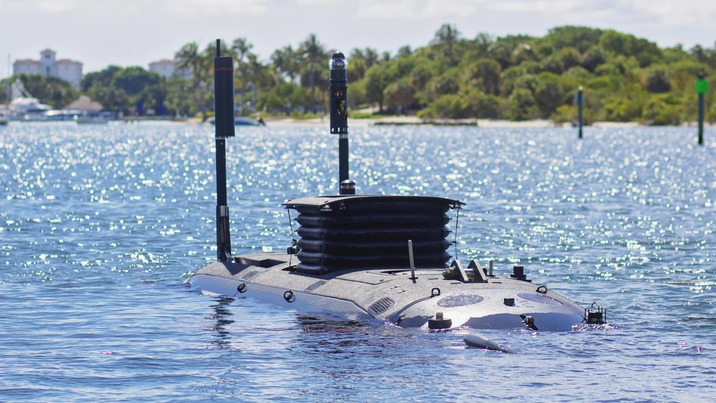The U.S. Navy has achieved a significant milestone with the operational capability of its new Dry Combat Submersible (DCS), a cutting-edge mini-submarine designed to transport SEALs while keeping them dry. Developed in collaboration with Lockheed Martin, this innovative submersible has long been sought after by the Navy, and its introduction marks a major advancement in underwater operations.
The DCS was introduced into operational service in May, and two units have already been delivered, with a third one currently in production. This mini-submarine is based on the S351 Nemesis design from MSubs in the United Kingdom and features an all-electric propulsion system. It boasts a maximum range of 66 nautical miles and can dive up to 330 feet beneath the ocean’s surface.
One of the most significant advantages of the DCS is its pressurized environment for occupants, which sets it apart from previous SEAL delivery vehicles. This pressurized feature significantly reduces the risks associated with long-duration exposure to the frigid temperatures of the underwater environment. The submersible also includes a self-contained lock-in/lock-out chamber, enhancing ease of deployment for the SEALs.
However, it’s worth noting that the DCS’s size limits its deployment capabilities. As of now, it cannot be launched from existing submarines due to its dimensions. Instead, the DCS is deployed via a surface mothership, such as an amphibious warfare vessel. While this approach ensures efficient transport of SEALs to their destination, the Navy has ambitious plans for a follow-up DCS design.
The Navy is actively working on an improved version of the DCS that is expected to be deployable from a Virginia-class attack submarine. In this future design, the mini-submarine will dock externally on the hull of its mothership submarine, enabling more versatile deployment options. This advancement is set to further enhance the Navy’s capabilities in special operations and give SEAL teams greater flexibility in executing their missions.
The introduction of the Dry Combat Submersible represents a significant leap forward for the U.S. Navy and its special operations forces. By providing a dry and pressurized environment, the DCS ensures that SEALs can focus on their mission without the added burden of prolonged exposure to the harsh underwater conditions. As the Navy continues to invest in advancing the DCS technology, it reaffirms its commitment to equipping its forces with state-of-the-art equipment for successful and safe operations in diverse maritime environments.

